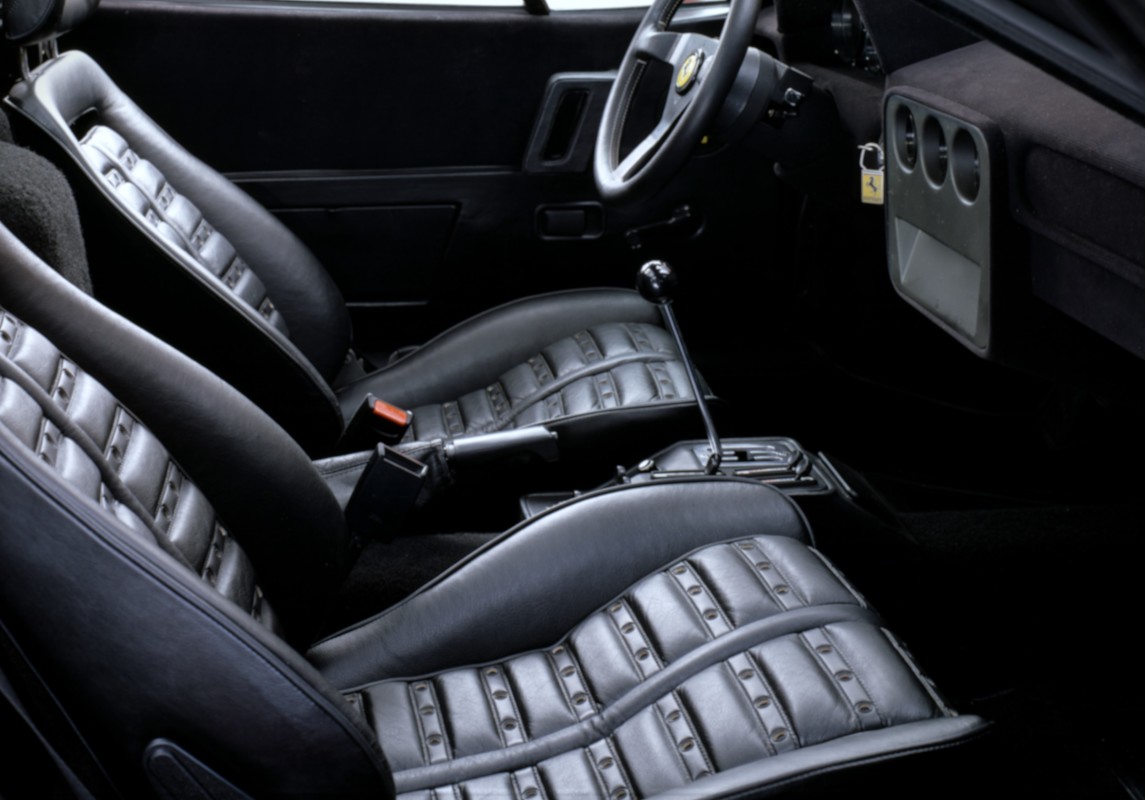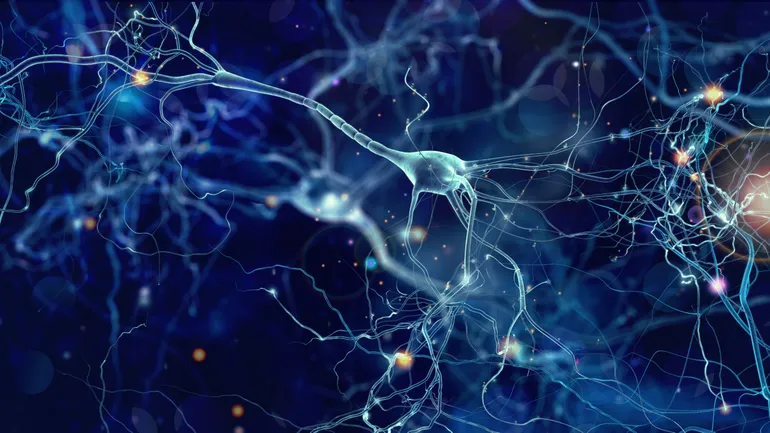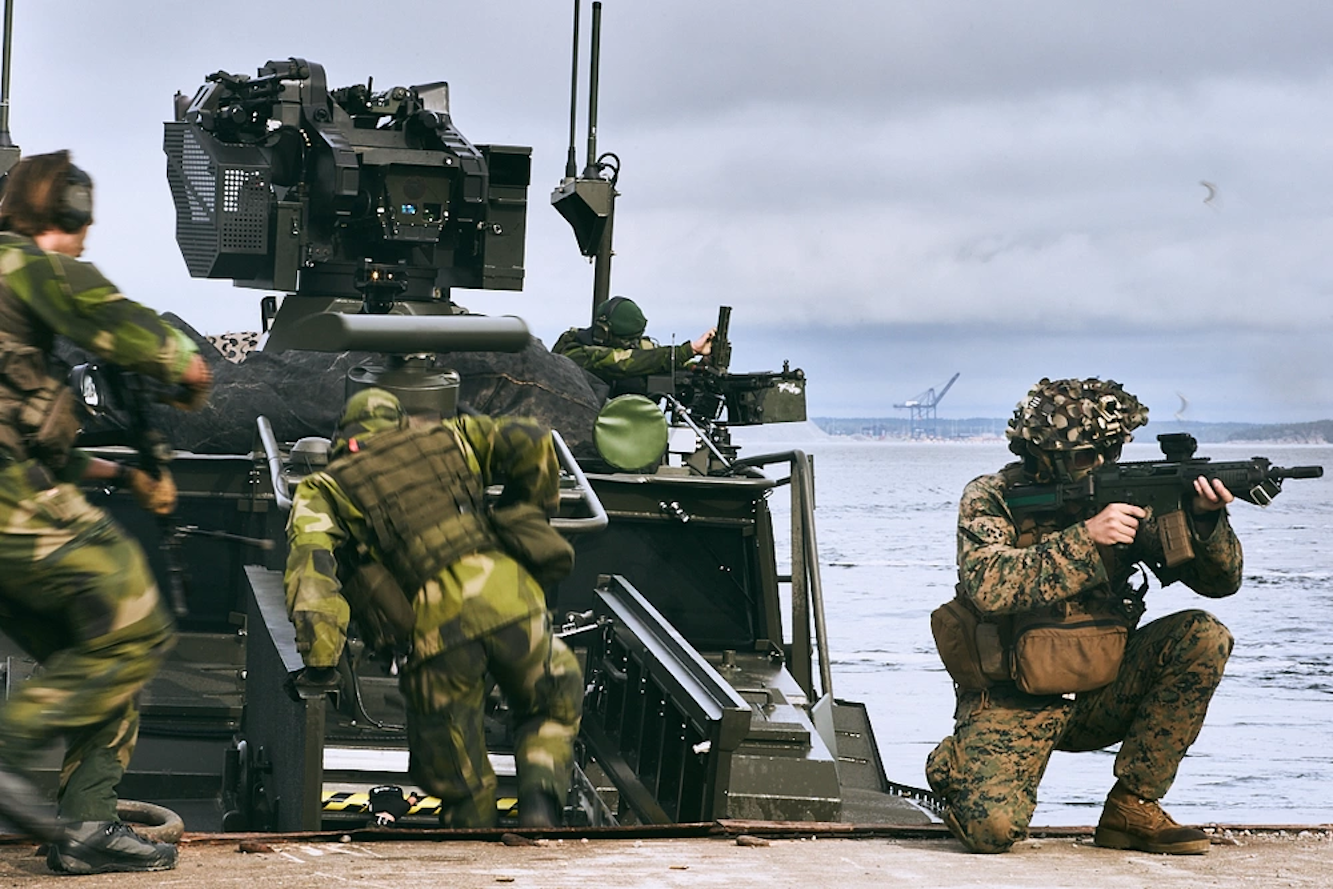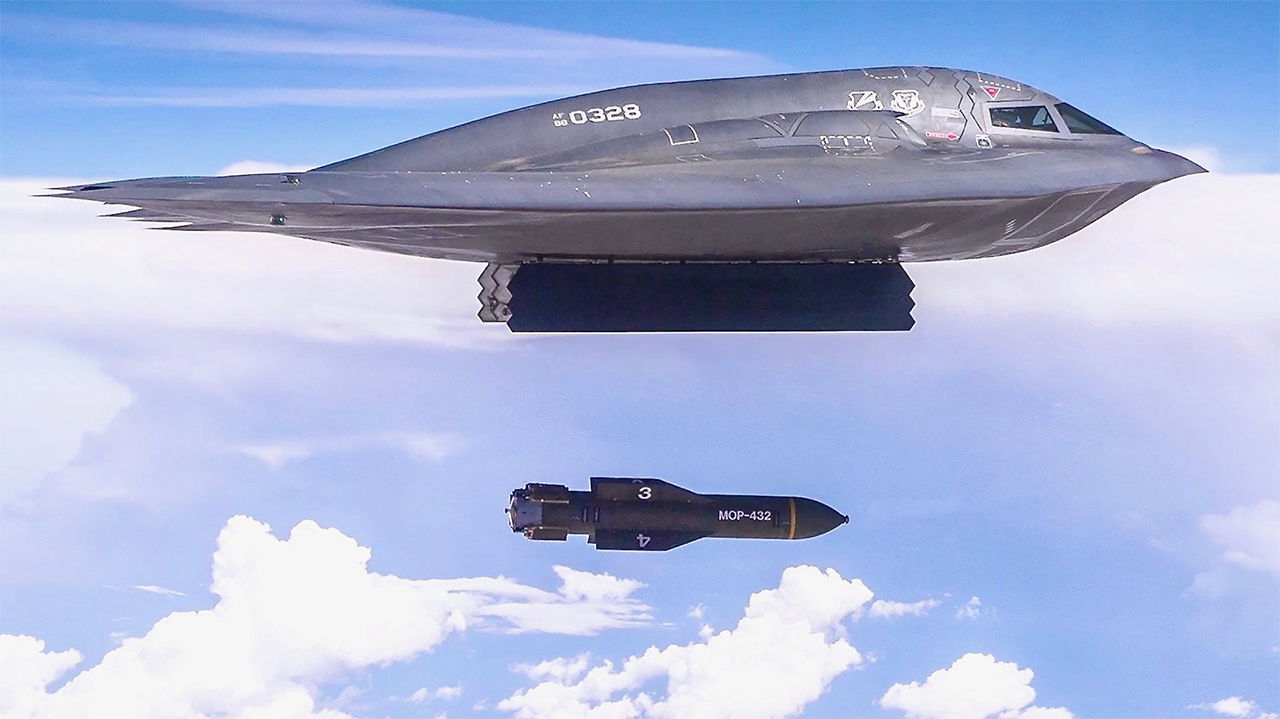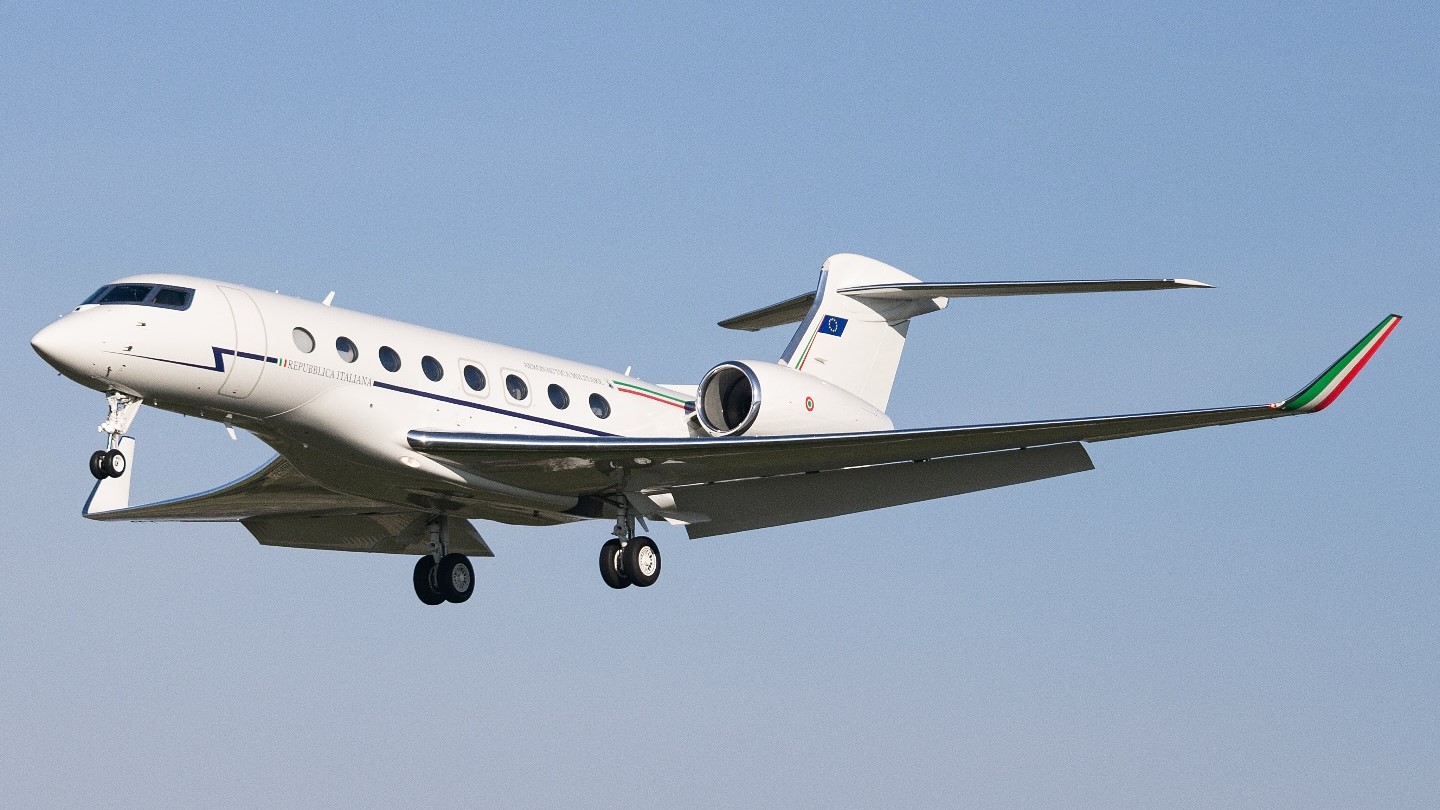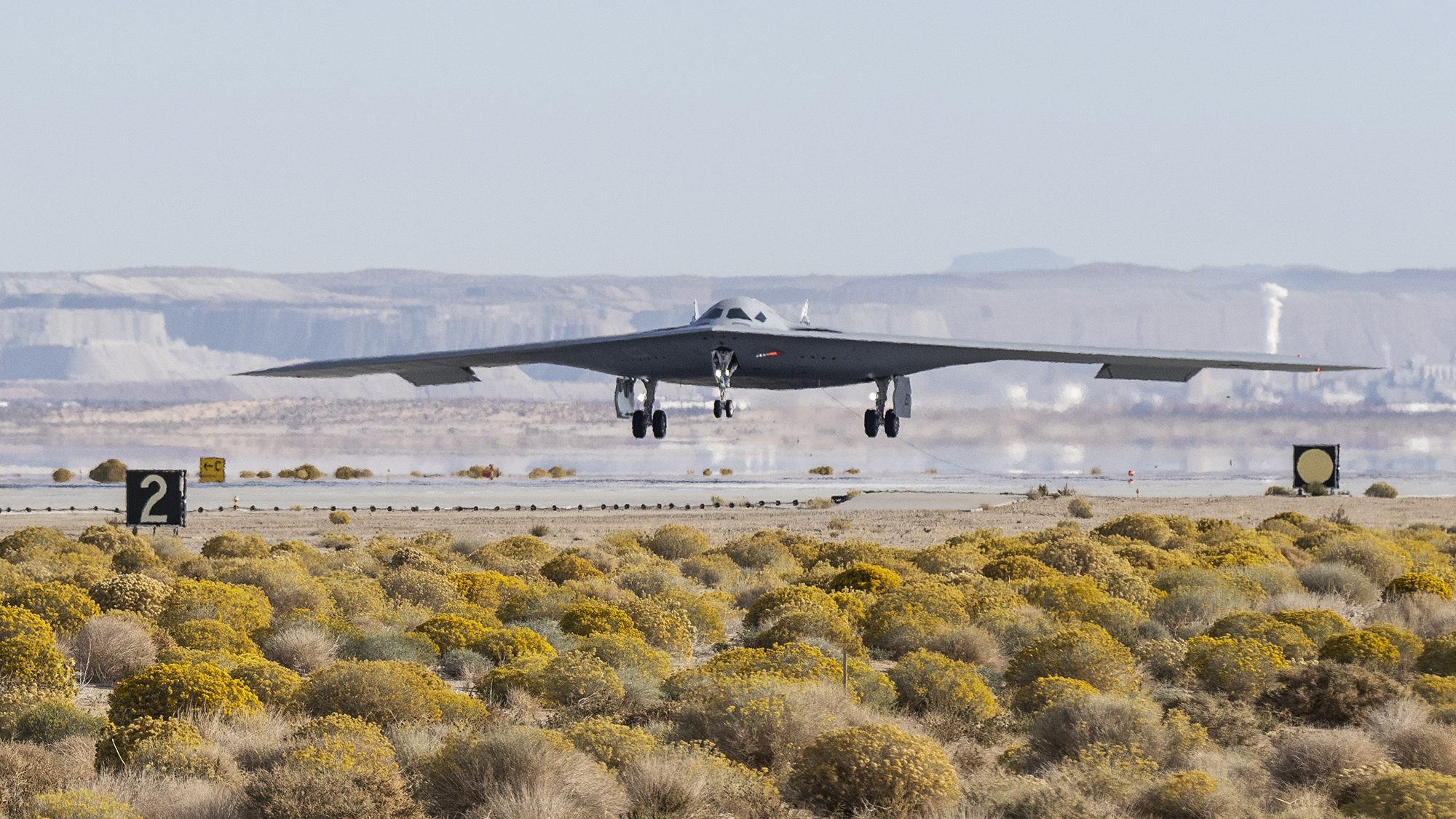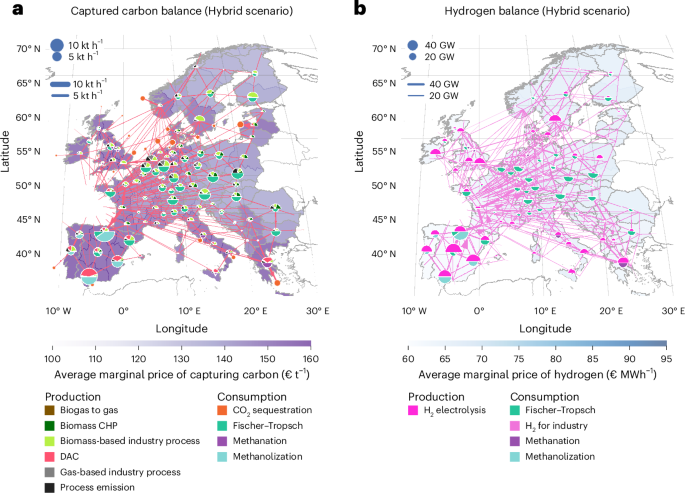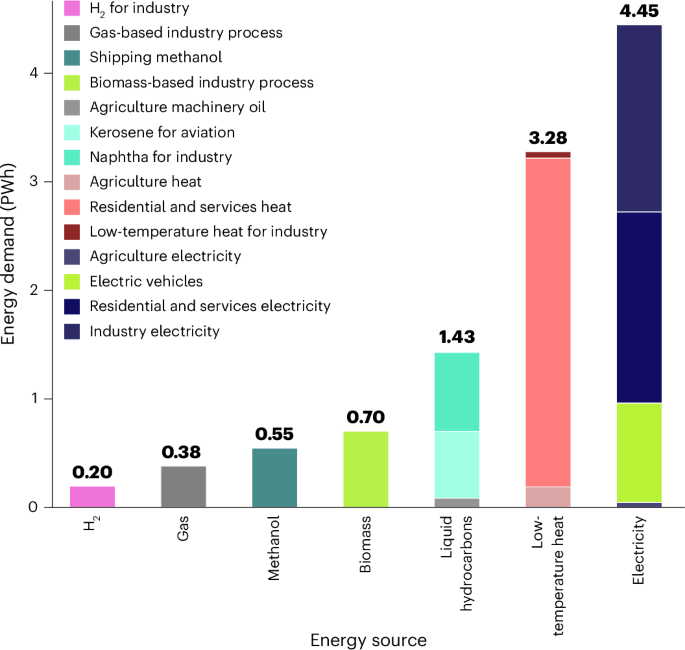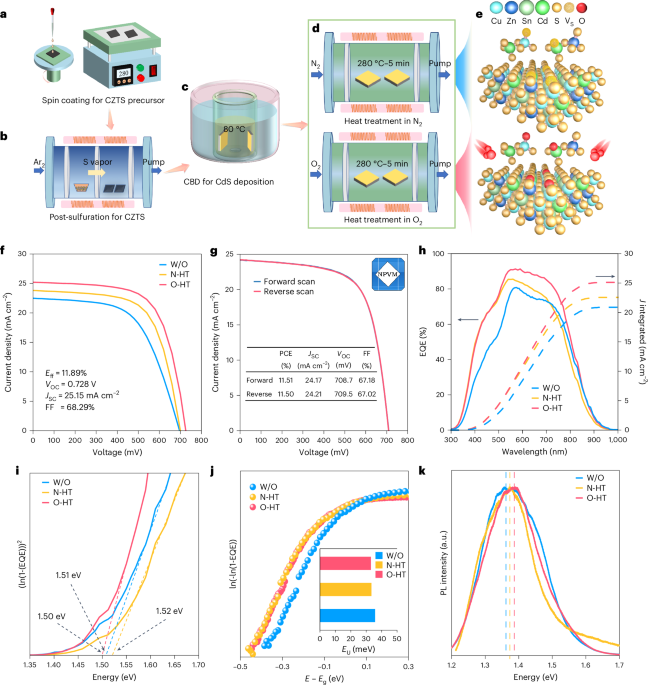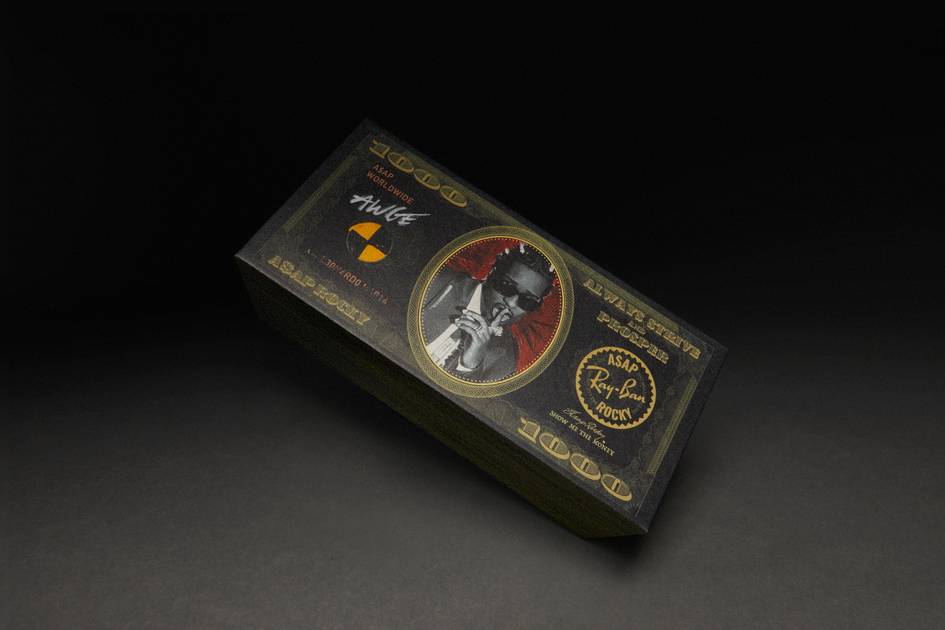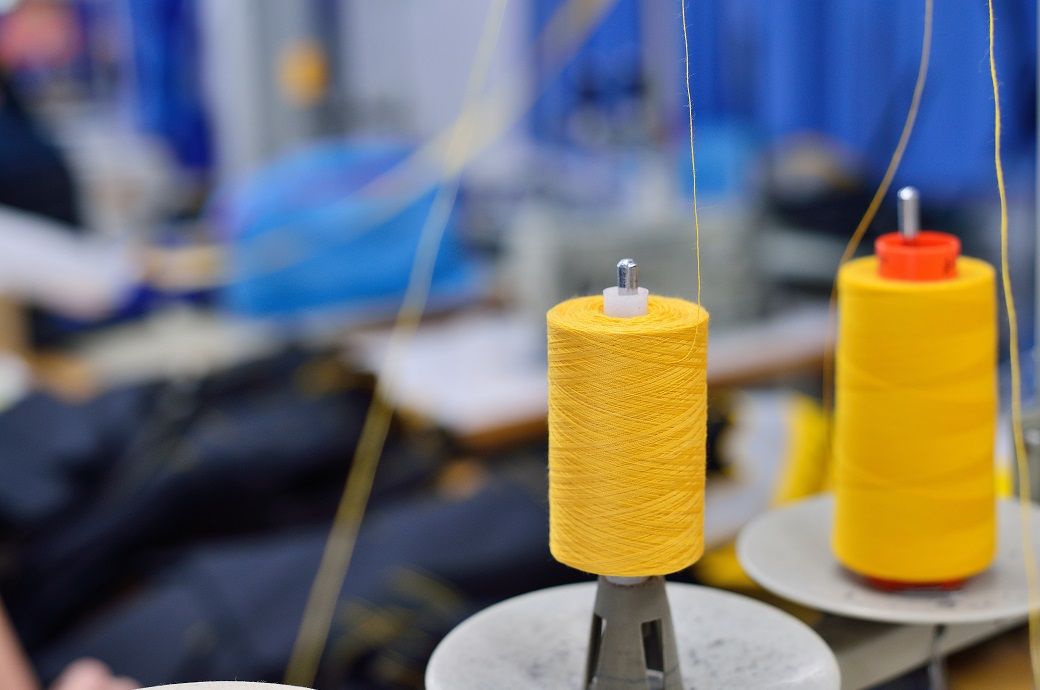Whisking and locomotion are jointly represented in superior colliculus neurons
by Suma Chinta, Scott R. Pluta Active sensation requires the brain to interpret external stimuli against an ongoing estimate of body position. While internal estimates of body position are often ascribed to the cerebral cortex, we examined the midbrain superior colliculus (SC), due to its close relationship with the sensory periphery as well as higher, motor-related brain regions. Using high-density electrophysiology and movement tracking, we discovered that the on-going kinematics of whisker motion and locomotion speed accurately predict the firing rate of mouse SC neurons. Neural activity was best predicted by movements occurring either in the past, present, or future, indicating that the SC population continuously estimates a trajectory of self-motion. A combined representation of slow and fast whisking features predicted absolute whisker angle at high temporal resolution. Sensory reafference played at least a partial role in shaping this feature tuning. Taken together, these data indicate that the SC contains a joint representation of whisking and locomotor features that is potentially useful in guiding complex orienting movements involving the face and limbs.
by Suma Chinta, Scott R. Pluta Active sensation requires the brain to interpret external stimuli against an ongoing estimate of body position. While internal estimates of body position are often ascribed to the cerebral cortex, we examined the midbrain superior colliculus (SC), due to its close relationship with the sensory periphery as well as higher, motor-related brain regions. Using high-density electrophysiology and movement tracking, we discovered that the on-going kinematics of whisker motion and locomotion speed accurately predict the firing rate of mouse SC neurons. Neural activity was best predicted by movements occurring either in the past, present, or future, indicating that the SC population continuously estimates a trajectory of self-motion. A combined representation of slow and fast whisking features predicted absolute whisker angle at high temporal resolution. Sensory reafference played at least a partial role in shaping this feature tuning. Taken together, these data indicate that the SC contains a joint representation of whisking and locomotor features that is potentially useful in guiding complex orienting movements involving the face and limbs.

















